Rome, the capital city of Italy, is one of the world’s most famous and historically significant cities. Known as the “Eternal City,” Rome has been inhabited for over 2,500 years and has played a pivotal role in the development of Western civilization. Rome is renowned for its art, architecture, cuisine, and rich cultural heritage, making it a top destination for tourists from all over the world. The city is home to numerous landmarks and attractions, including the Colosseum, the Pantheon, and the Vatican City, which houses St. Peter’s Basilica and the Sistine Chapel. Rome’s bustling streets are filled with stylish boutiques, lively cafes, and world-class restaurants, making it a city that truly offers something for everyone. With its fascinating history, breathtaking architecture, and vibrant culture, Rome continues to be a captivating destination that attracts visitors from all corners of the globe.
Accommodation
Our hotel was close to the main station of Rome.
Sights of Rome
We used the Hop-On Hop-Off Bus to explore Rome. With it you can explore most of the sights in Rome like the Vatican City, the Colosseo or the Monument to Vittoria Emanuele. All others are in walking distance. Only for the Stadio Olympico we had to buy a normal ticket.
Colosseo, Piazza del Colosseo, Roma, Rome 00184, Italy
Via Di San Gregorio, 00184 Roma Rome, Italy
Trevi Fontain, Roma, Rome, Italy
Piazza Venezia, Piazza Venezia, Roma, Rome 00186, Italy
Pantheon, Piazza della Rotonda, Roma, Rome 00186, Italy
Castel Sant’Angelo, Castel Sant’Angelo, Roma, Rome 00186, Italy
Piazza di Spagna, Piazza di Spagna, Roma, Rome 00187, Italy
Stadio Olimpico, Piazzale del Foro Italico, Roma, Rome 00135, Italy
Colosseo
The Colosseum, also known as the Flavian Amphitheatre, is one of the most iconic and recognizable landmarks in Rome. Built over 2,000 years ago, the Colosseum is a testament to the engineering and architectural expertise of the ancient Romans.
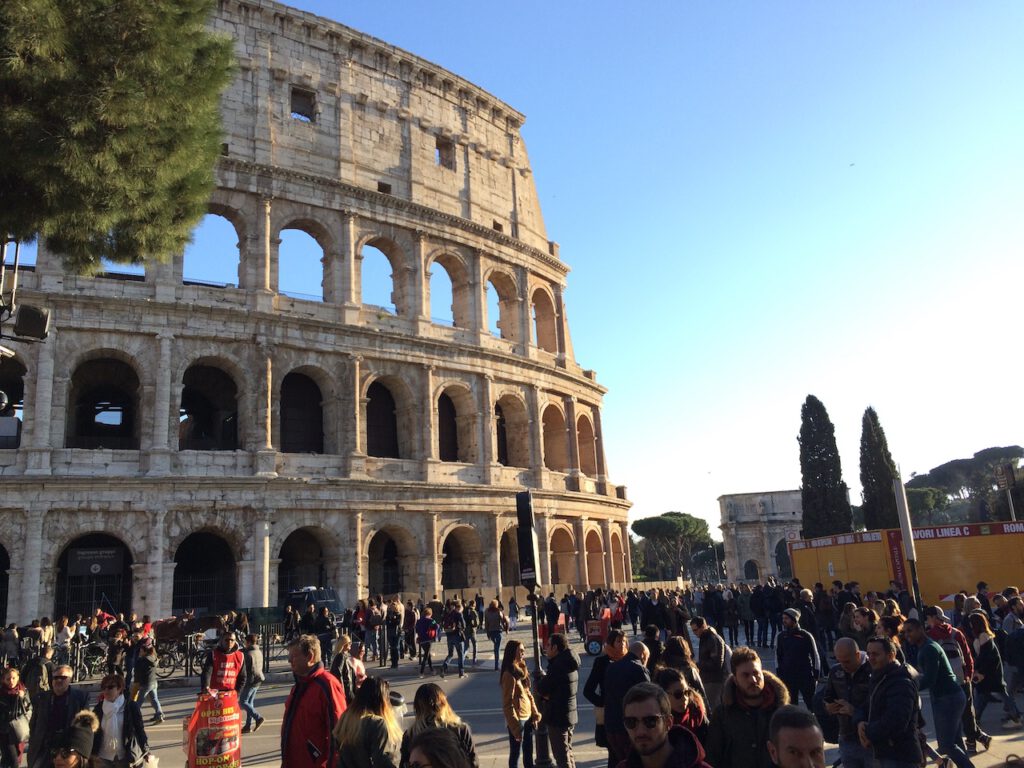
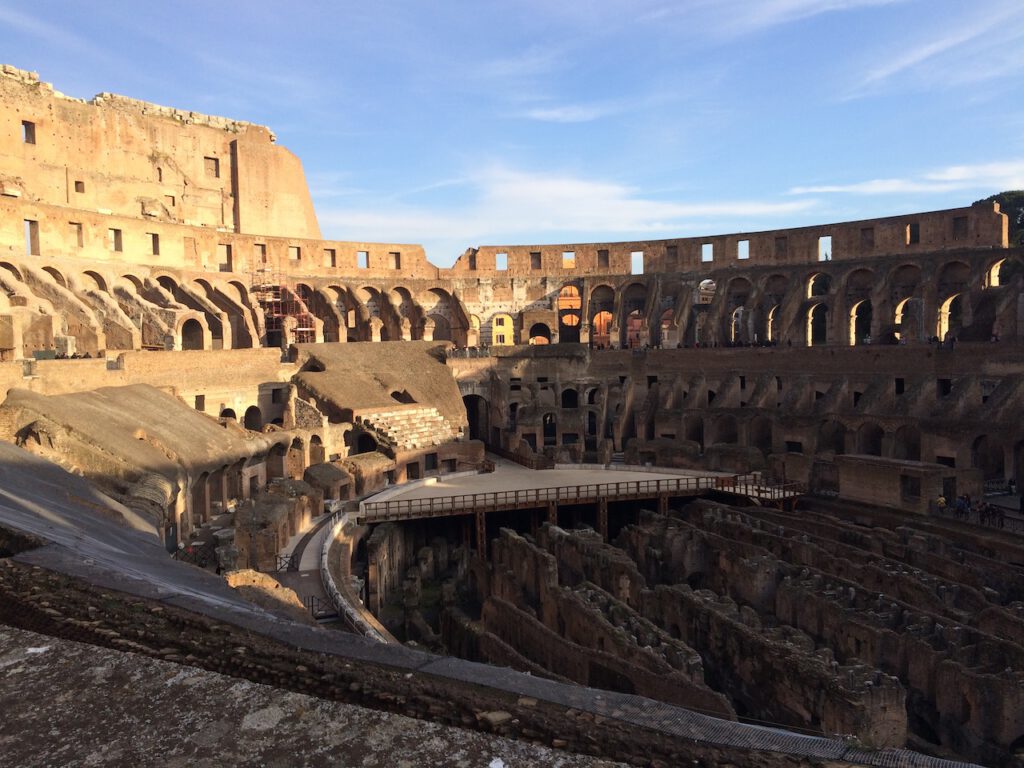
The elliptical-shaped amphitheater was commissioned by Emperor Vespasian in 72 AD and completed by his son, Titus, in 80 AD. The Colosseum was originally used for gladiatorial contests and other public spectacles such as animal hunts and mock sea battles, but it also served as a venue for religious ceremonies, theatrical performances, and even public executions.
The Colosseum’s impressive architecture, including its distinctive arcades, towering pillars, and intricate stone carvings, continues to captivate visitors from around the world. Today, the Colosseum stands as a symbol of ancient Rome’s legacy and serves as a popular tourist destination that draws millions of visitors each year.
Trevi Fontain
The Trevi Fountain is one of the most famous and beloved landmarks in Rome. Completed in 1762, the fountain is located in the heart of the city and is a masterpiece of Baroque architecture and design.
The fountain’s centerpiece is a stunning sculpture of the sea god Neptune, surrounded by his tritons and other mythological creatures. Visitors come from all over the world to toss a coin into the fountain, a tradition that is said to ensure a return visit to Rome.
The Trevi Fountain has also been featured in numerous films and is a popular spot for locals and tourists alike to take photos and enjoy the lively atmosphere.
Monument to Vittorio Emanuele
The Monument to Vittorio Emanuele II, also known as the Altare della Patria or the National Monument of Victor Emmanuel II, is an imposing and grandiose monument located in Rome. This magnificent structure was built between 1885 and 1911 to honor Vittorio Emanuele II, the first king of a united Italy, and serves as a symbol of the country’s unification and strength.
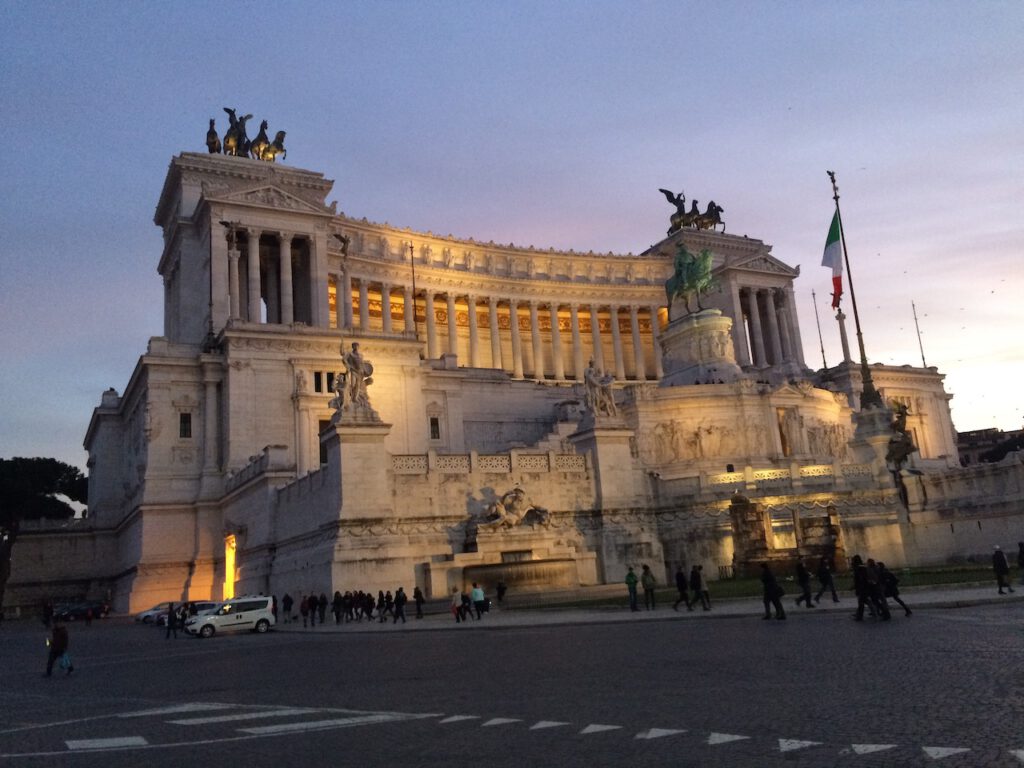
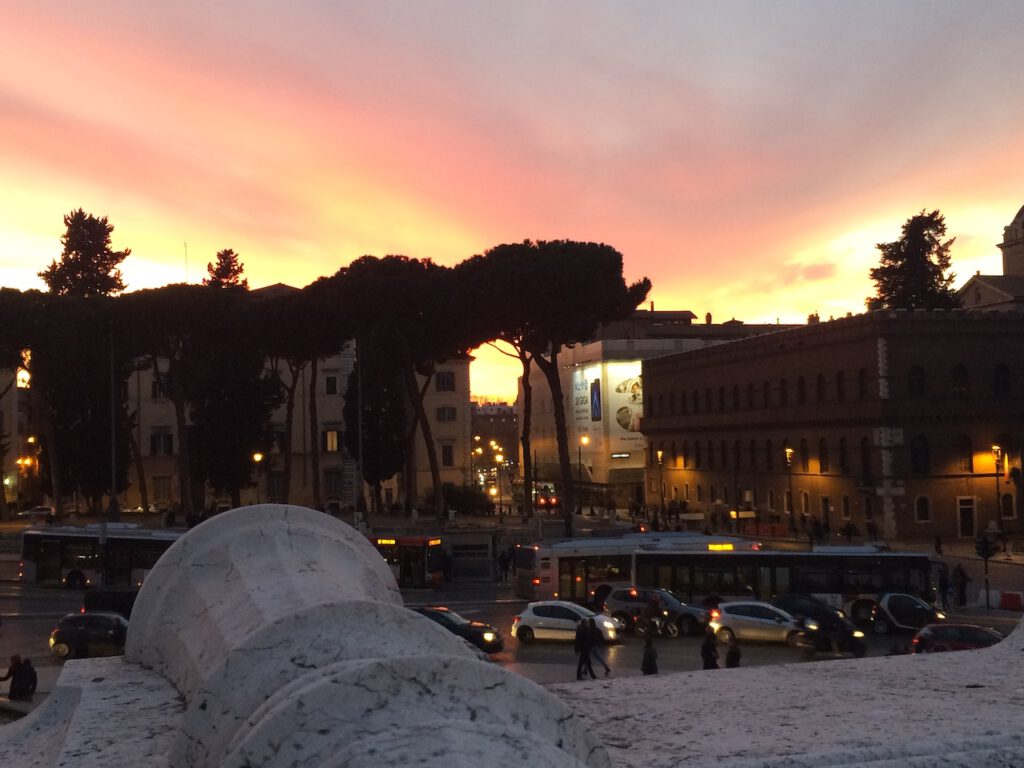
The monument is built in the neoclassical style and features a number of impressive elements, including a colossal equestrian statue of Vittorio Emanuele II, a grand staircase, and numerous ornate sculptures and friezes. The monument is also home to the Tomb of the Unknown Soldier, which honors Italy’s fallen soldiers from World War I.
Visitors to the monument can take in breathtaking views of the city from the rooftop terrace, which offers panoramic vistas of Rome’s historic center.
Pantheon
The Pantheon is one of Rome’s most iconic and well-preserved ancient buildings, known for its stunning architecture and rich history. Originally built as a temple to all gods in the 2nd century AD, the Pantheon’s most notable feature is its massive concrete dome, which was the largest of its kind for centuries and remains a remarkable engineering achievement to this day.
The interior of the Pantheon is equally impressive, with a stunning marble floor, towering columns, and intricate artwork and decorations. Visitors to the Pantheon can also see the tombs of several notable figures, including the artist Raphael and the first king of Italy, Victor Emmanuel II. Despite its ancient origins, the Pantheon has maintained its status as a cultural and religious icon, serving as a Catholic church since the 7th century.
Castel Sant’Angelo
Castel Sant’Angelo is a magnificent fortress and museum located in Rome. Originally built as a mausoleum for the Roman Emperor Hadrian and his family in the 2nd century AD, the structure was later converted into a castle and used as a papal residence and fortress.
Over the centuries, Castel Sant’Angelo has played a significant role in the history of Rome, serving as a stronghold during times of war and a safe haven for the pope during times of crisis. The fortress is renowned for its stunning architecture, featuring a cylindrical tower, an ornate bridge, and numerous galleries and courtyards. Visitors to Castel Sant’Angelo can explore its many rooms and exhibits, including the papal apartments, the prison cells, and the Museum of the Castello, which showcases a collection of weapons, armor, and artwork. From the top of the castle’s tower, visitors can enjoy panoramic views of the city of Rome and the Tiber River.
Spanish Steps
The Spanish Steps are one of Rome’s most famous and beloved landmarks, located in the heart of the city near the Piazza di Spagna. The steps were constructed in the early 18th century and feature a stunning design of 135 steps leading up to the Trinità dei Monti church at the top.
The Spanish Steps have long been a popular gathering place for locals and visitors alike, who come to relax, take in the view, and enjoy the vibrant atmosphere. The steps are particularly popular in the spring, when the flowers of the nearby Pincian Hill bloom and create a stunning backdrop for photos and sightseeing.
The Piazza di Spagna at the base of the steps is also a bustling hub of activity, featuring a number of cafes, shops, and restaurants. The Spanish Steps have been featured in numerous films and works of art, cementing their status as a cultural icon of Rome. With their stunning design, historical significance, and lively atmosphere, the Spanish Steps are a must-see destination for anyone visiting Rome.
Vatican City
Vatican City, located in the heart of Rome, is the world’s smallest sovereign state and the headquarters of the Roman Catholic Church. This independent city-state covers an area of just 44 hectares and is home to many of Rome’s most famous landmarks, including St. Peter’s Basilica, the Sistine Chapel, and the Vatican Museums.
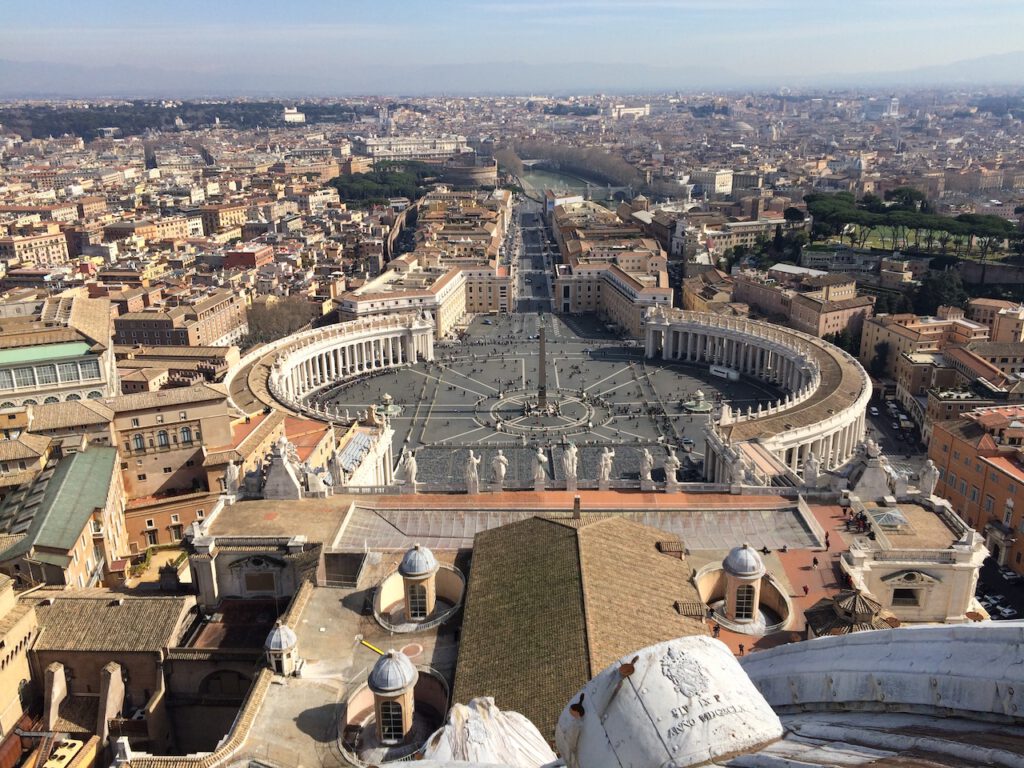
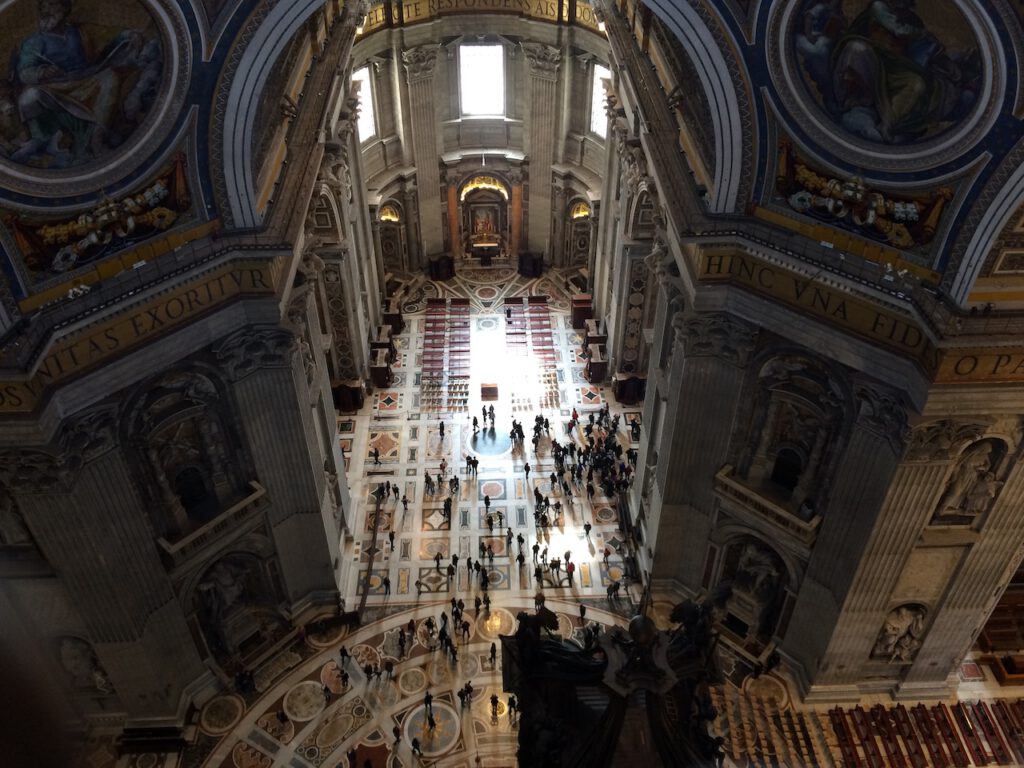
The Vatican’s rich history dates back over two thousand years, with many significant events and figures associated with its past. Today, the Vatican is an important center of religious and cultural activity, attracting millions of visitors each year who come to see its stunning architecture, priceless artworks, and historical treasures.
Stadio Olimpico / AS Roma
We also took part at a game of the AS Roma in the Stadio Olimpico.
Stadio Olimpico is one of the most iconic sporting venues in the world. It is the largest sports facility in Rome, with a seating capacity of over 70,000 people. Originally built in 1927, the stadium underwent a major renovation in the 1950s and has since hosted some of the most memorable sporting events in history, including the 1960 Summer Olympics and the 1990 FIFA World Cup.
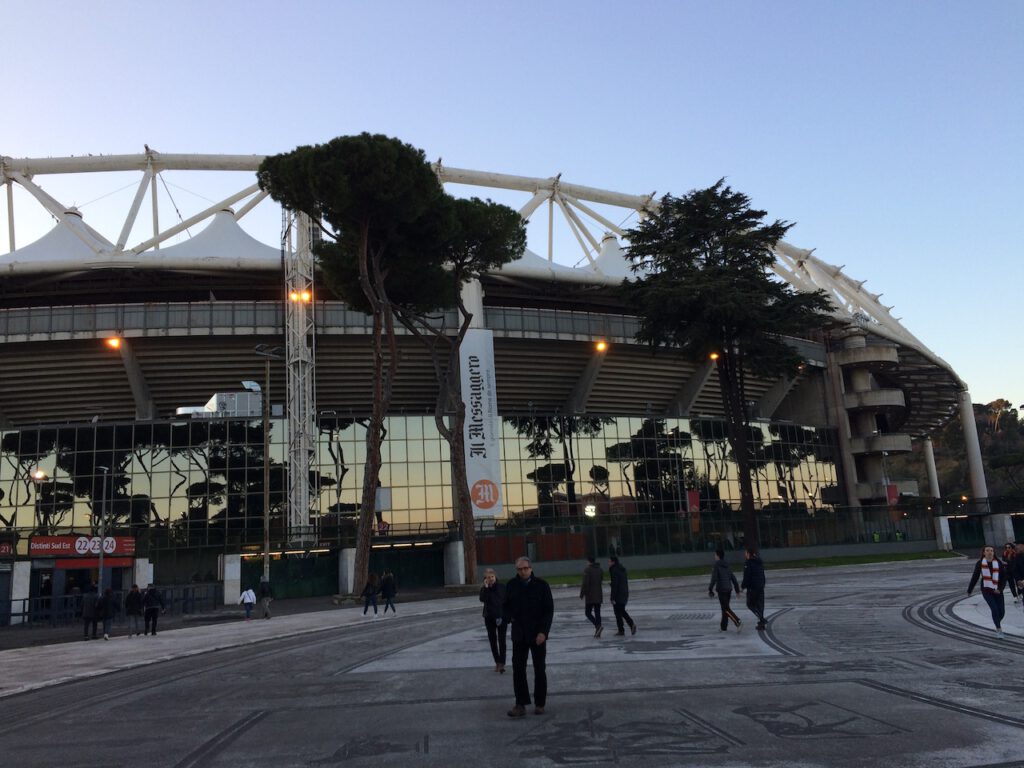
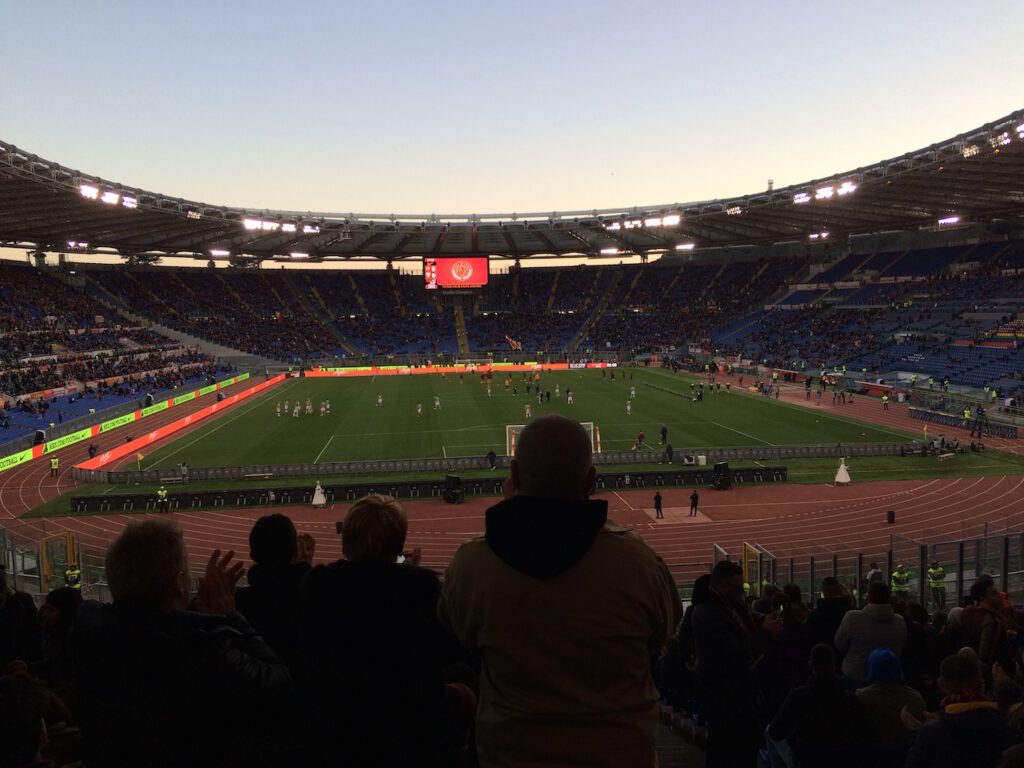
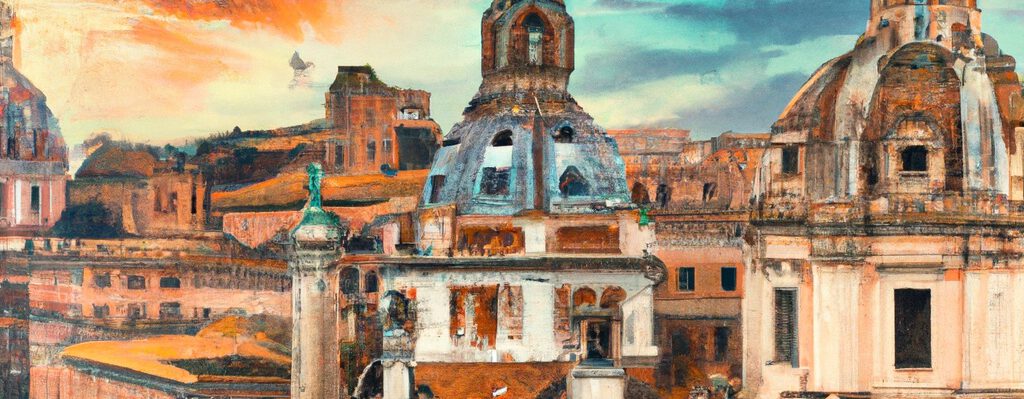
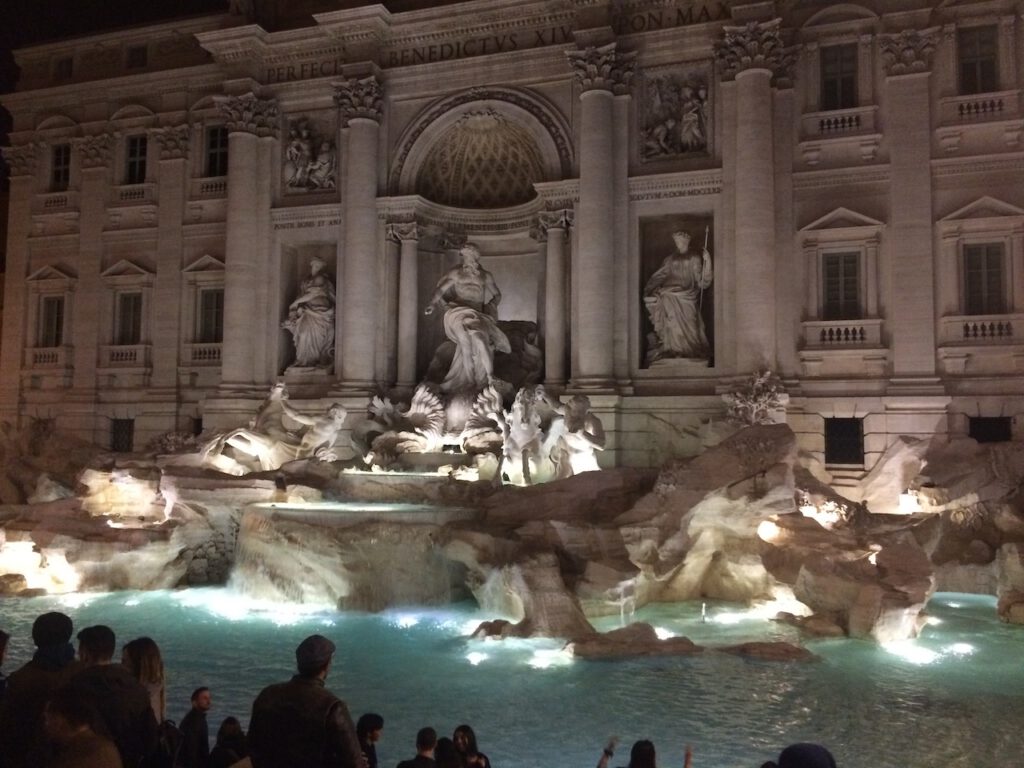
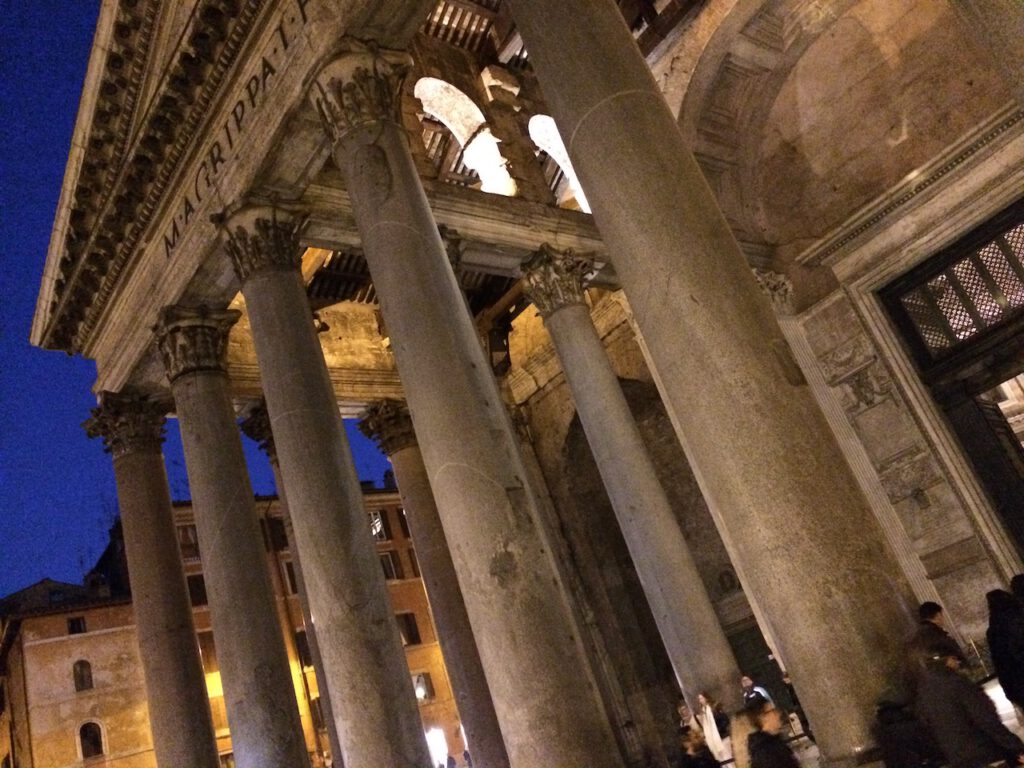
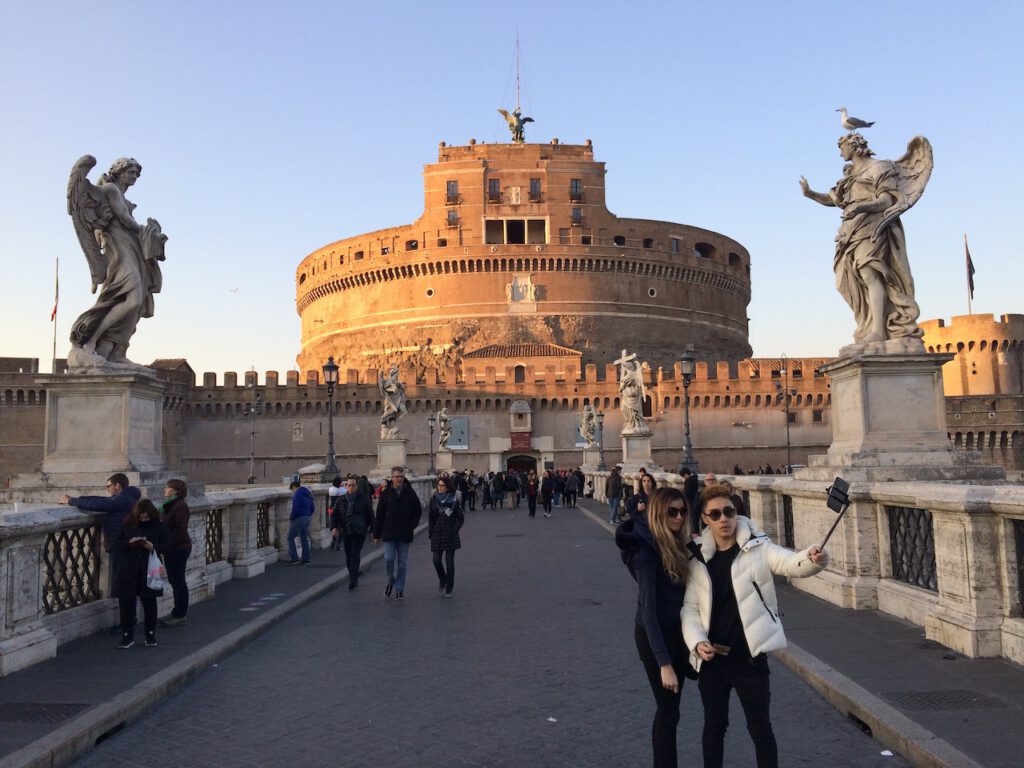
Leave a Reply